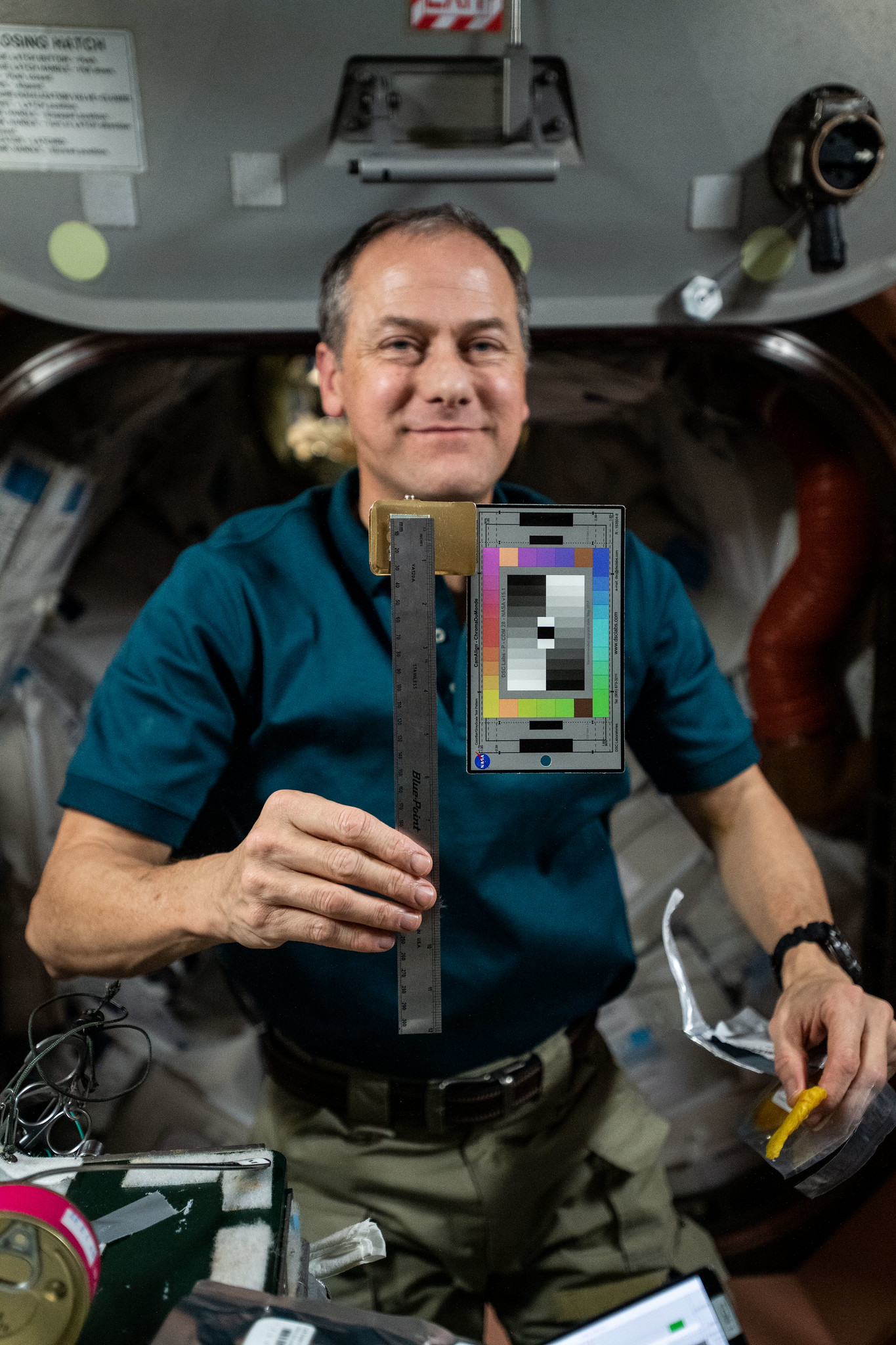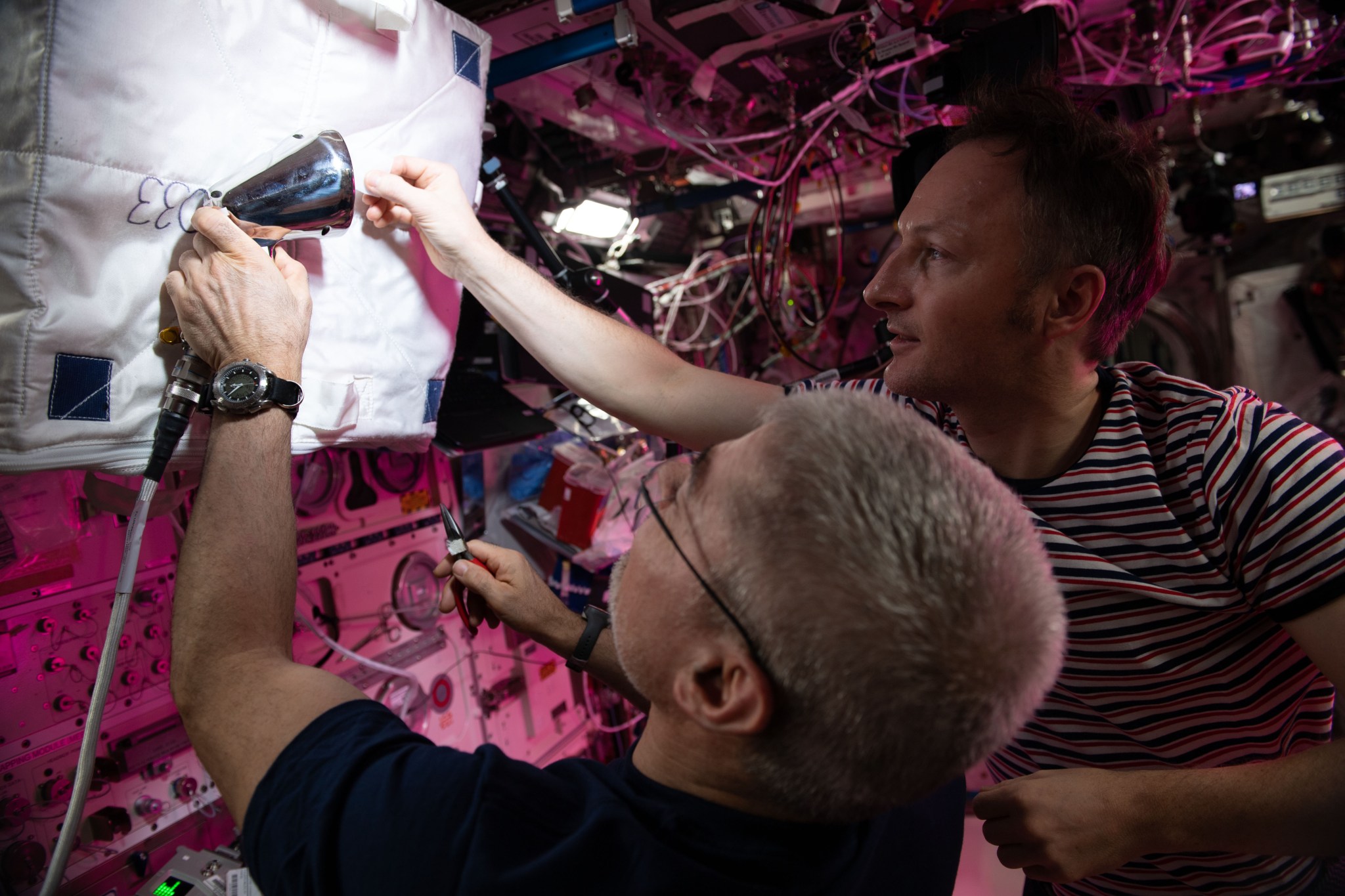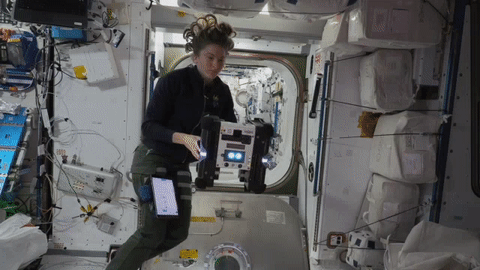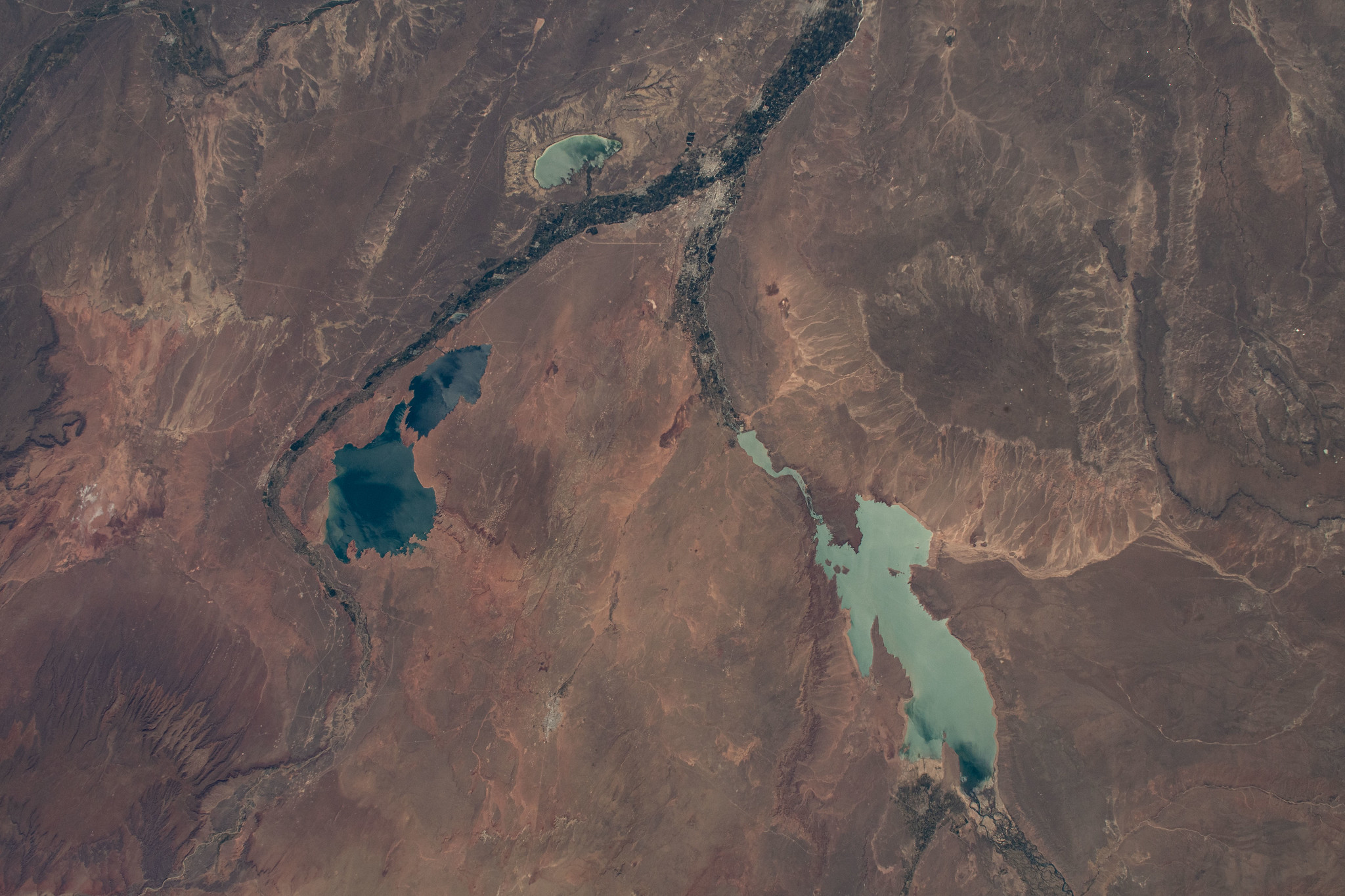[Lea la versión en español de este artículo]
Crew members aboard the International Space Station conducted scientific investigations during the week of Feb. 7 that included a study of how crew members use objects and places in the space station, using ultrasound to manipulate objects in microgravity, and testing technology that could lead to autonomous robots that perform a variety of tasks on future exploration missions.
The space station, continuously inhabited by humans for 21 years, has supported many scientific breakthroughs. A robust microgravity laboratory with dozens of research facilities and tools, the station supports investigations spanning every major scientific discipline, conveying benefits to future space exploration and advancing basic and applied research on Earth. The orbiting lab also provides a platform for a growing commercial presence in low-Earth orbit that includes research, satellite services, and in-space manufacturing.
Here are details on some of the microgravity investigations currently taking place:
A test dig on the space station
SQuARE studies objects and built spaces and their symbolic and social meanings using an archaeology technique called the shovel test pit. On Earth, materials found in the layers of these one-meter-square test pits help archaeologists determine future excavation strategy. On the space station, crew members identify “test pits” or sample sites likely to see a lot of activity, then assess each area from an archaeological perspective, including how items in it are typically stowed and change position over time. This makes these crew members effectively the first archaeologists in space. By revealing how crew members use different objects and spaces over time, this investigation could contribute to better design for future spacecraft and habitats. The crew took photos of multiple experiment sites during the week.
Moved by the sound
Ultrasonic Tweezers, an ESA (European Space Agency) investigation, demonstrates remote manipulation of materials in microgravity using an ultrasound beam to trap and move an object. Ultrasonic tweezers have been demonstrated on the ground but only for manipulating lightweight objects (such as polystyrene) in configurations where the tweezers work in a vertical position. Microgravity provides an environment to fully characterize and validate use of this tool before demonstrating its scientific and technological potential in space and on the ground. Potential applications include health care settings, such as removing kidney stones or targeted delivery of drugs. Crew members performed several experiment scenarios during the week to evaluate the possibility of trapping various single or multiple objects.
Autonomous astronaut assistants
ISAAC demonstrates processes that could enable autonomous robotic technology to monitor the health of human exploration vehicles, transfer and unpack cargo, and respond to critical faults such as leaks and fires. The space station’s free-flying Astrobees act as stand-ins for future robots. Autonomous robots could perform a variety of tasks on future missions, lightening the load for crew members and providing maintenance of vehicles when astronauts are away for extended periods. The technology also could provide autonomous caretaking of industrial and research facilities on Earth where human presence is costly or dangerous. During the week, crew members made multiple passes with an Astrobee to obtain visual navigation images in an area of station.
Other investigations involving the crew:
- Plant Habitat-05 studies gene expression in certain cotton plant cells to better understand resistance to genetic engineering and possibly identify ways to create specific qualities such as drought resistance
- Veggie PONDS uses a newly developed passive nutrient delivery system and the station’s Veggie plant growth facility to cultivate lettuce and mizuna greens. Results could improve our understanding of how plants respond to microgravity and demonstrate reliable vegetable production on orbit.
- MVP Plant-01 examines shoot and root development in plants and the molecular mechanisms behind how plants sense and adapt to changes in their environment. Results could contribute to the design of plants better able to withstand adverse environmental conditions.
- Behavioral Core Measures examines sources of stress during long-duration spaceflight and the effects on crew member behavioral health and performance. The data could provide insight into the capabilities of crew members after long-duration spaceflight and their ability to conduct duties after landing on the Moon or Mars.
- GRIP, an ESA investigation, studies the effects of spaceflight on a person’s ability to regulate grip force and upper limbs trajectories when manipulating objects. Results could help identify potential hazards as astronauts move between gravitational environments and may contribute to better design of interfaces used for control systems in challenging environments.
- MVP Cell-01 studies cartilage and bone tissue cultures subjected to mechanical injury and treated with a pharmaceutical. The work could lead to treatments for a disease called Post-traumatic Osteoarthritis, where a traumatic joint injury leads to arthritis.
- ESA’s Touching Surfaces tests laser-structured antimicrobial surfaces on the space station. Results could help determine the most suitable materials for future spacecraft and habitations as well as for terrestrial applications such as public transportation and clinical settings.
- ISS Ham Radio provides students, teachers, parents, and others the opportunity to communicate with astronauts using amateur radio units. Before a scheduled call, students learn about the station, radio waves, and other topics, and prepare a list of questions on topics they have researched.
For daily updates, follow @ISS_Research, Space Station Research and Technology News, or our Facebook. Follow ISS National Lab for information on its sponsored investigations. For opportunities to see the space station pass over your town, check out Spot the Station.
John Love, ISS Research Planning Integration Scientist
Expedition 66





























